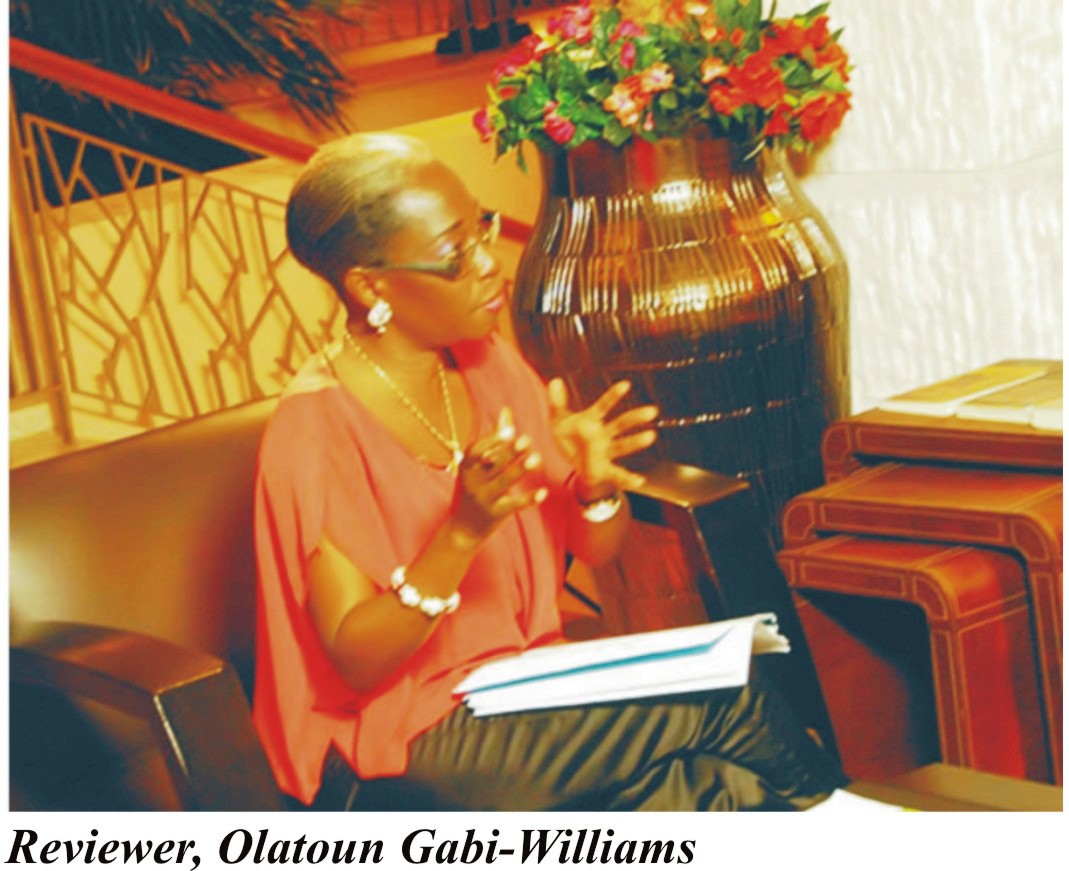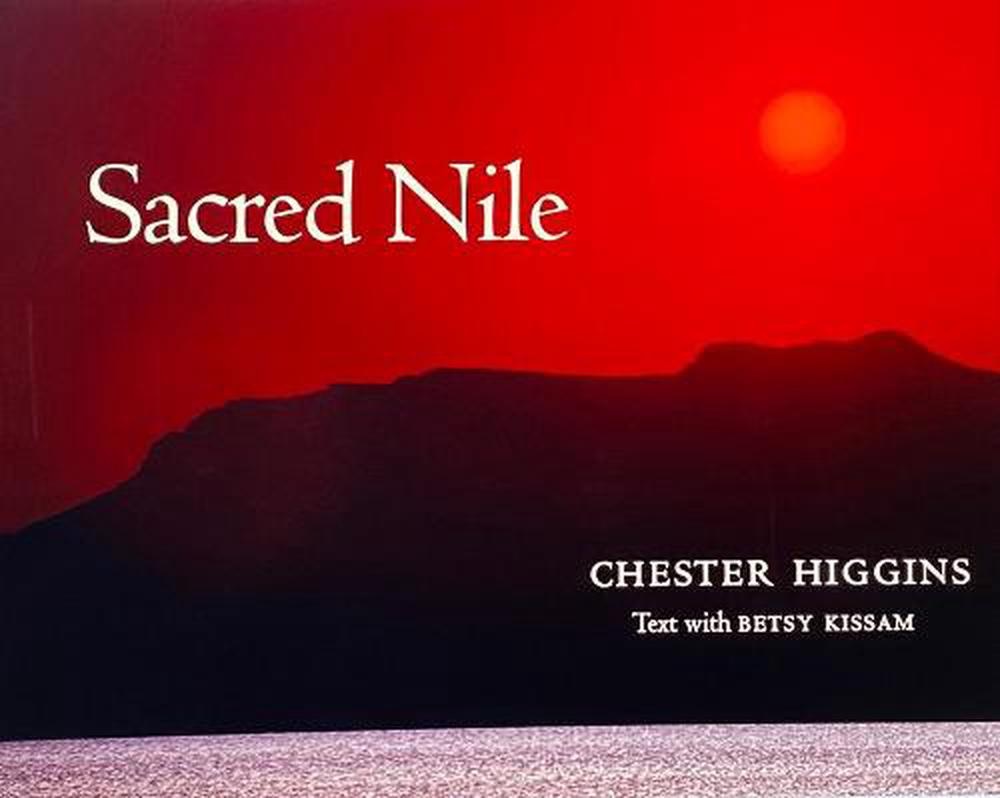
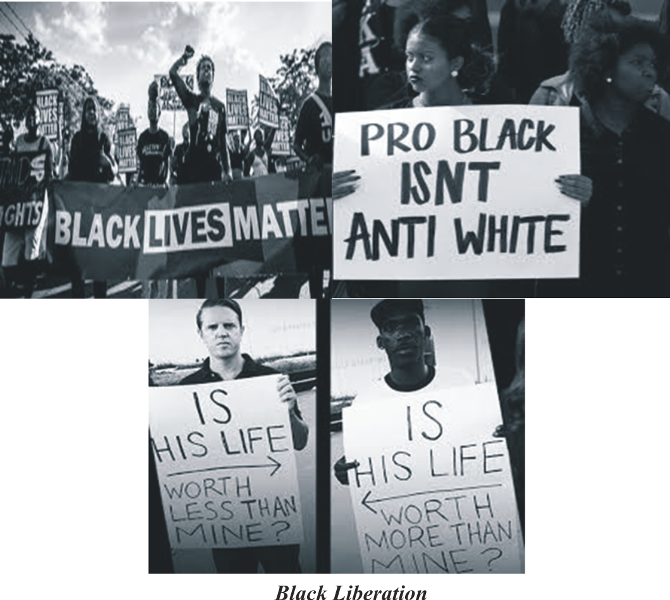
In 2004, on the occasion of the International Year to Commemorate the Struggle Against Slavery and its Abolition’, the Director General of UNESCO, Koïchiro Matsuura, delivered a powerful message. He used the term ‘enforced dialogue’ to describe race relations between African slaves and the inhabitants of the continents of the Old World (Eurasia and Africa) and the New World (North America and South America) which participated in the 400 year old transatlantic trade. This ‘enforced dialogue’ has not ceased, neither has the pain. Civil life continues to be defined by inequities and discrimination against African-Americans in America's diverse institutions.
In 'Boy, Snow, Bird’ Helen Oyeyemi lends her astonishing voice to the 21st century call to Americans to start the new and voluntary conversation needed to cleanse the country of the ‘smog’ of unresolved historical issues and post-genocide, to rid it of its ghosts. In the wake of the killings of unarmed African-American men by white law enforcement officers, Oyeyemi joins the army of advocates of the Black Lives Matter movement making this clarion call to the nation. Launched in 2013, BLACKLIVESMATTER has as its goal the felt application of the principles of universal justice and human dignity in all American institutions- a wide spectrum ranging from the focal criminal justice system to the family unit.
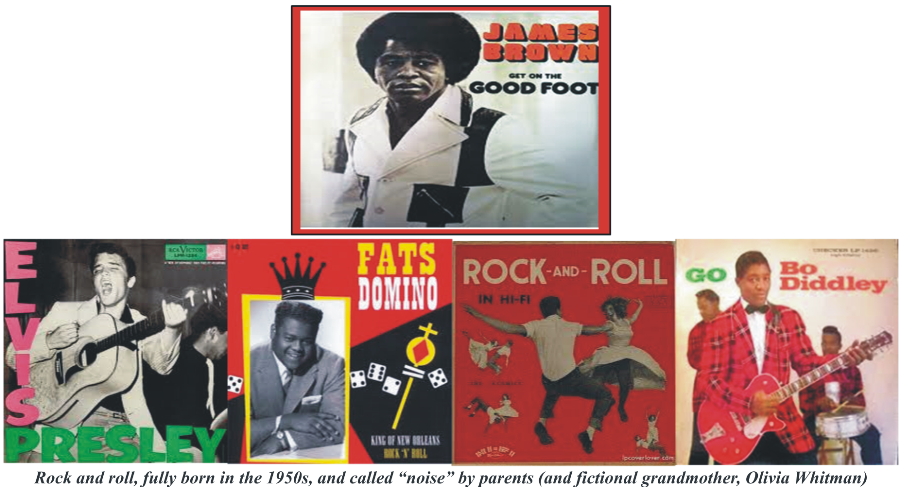
The action takes off in the 1950s. The generation of Olivia and Gerald Whitman, whose parents experienced slavery, is fading. The Montgomery Bus Boycott – unprecedented – kicks off in 1955, refusing to let up until a full thirteen months later when the Supreme Court rules segregated buses unconstitutional. Rock n Roll, Rhythm & Blues, Elvis Presley, Fats Domino, young people in ‘free’ states, in segregated states, are dancing to music rumbling with the groundswell of pivotal changes to come.
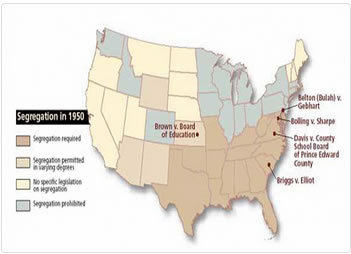 of the Whitman family: their ‘nerve’, generation after generation, in ‘passing for white’. Generation after generation, ‘lording it over other coloured folk’, ‘getting in with all the right (white) people’, and ‘getting the last laugh’ within the confines of the ‘enforced dialogue’ between themselves, former slaves, and their former white masters. I have read and loved stories in the magical realism genre but have found no greater exponent than this one in which form so astutely and imaginatively mirrors function.
of the Whitman family: their ‘nerve’, generation after generation, in ‘passing for white’. Generation after generation, ‘lording it over other coloured folk’, ‘getting in with all the right (white) people’, and ‘getting the last laugh’ within the confines of the ‘enforced dialogue’ between themselves, former slaves, and their former white masters. I have read and loved stories in the magical realism genre but have found no greater exponent than this one in which form so astutely and imaginatively mirrors function.
Imagery to hide and reveal…Not until my second read did ‘Boy, Snow, Bird’, the quirky, ostensibly one-dimensional title, acquire the force of a proclamation. Now when I look, I read in the title a military procession. I see rank and file and three characters called to our attention: Boy, wife of Arturo Whitman, mother of Bird, stepmother of Snow.Snow, first born of Arturo from his late wife Julia, whose spirit hovers over the action. Bird, last born of Arturo.
So why is Arturo missing? To answer a question with a question, what sort of father, what sort of husband would surrender to his wife’s envy and paranoia and let her kick his daughter out of his home? If Arturo is not included in the procession, it is because he is a weak, cowardly king, not worthy of the title.
Artorius, Arturo… The closest things this ‘bear-king’ possesses to King Arthur’s Sword in the Stone, are blade, wire-cutter, hand-drill: tools he wields to craft metals and stones into brilliant and bizarre jewelery in the artisanal Mecca of Flax Hill. Remember as you read this novel that it is an extravaganza of codes and signs; that the author is inviting her readers to look for symbols as though they too were jewels. So as you read, stop to consider why she highlights the busy, proud craftsmanship that defines the novel’s setting and importantly, stop to reflect on Arturo’s bequest to Boy, the gift he crafts in lieu of an engagement ring.
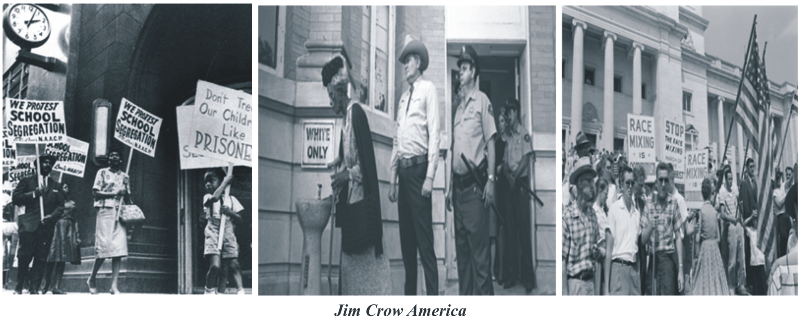
Their marriage is blessed with a daughter, Bird. But the skin of this delightful, free spirit boasts not the rosy pallor of her sister, Snow, but the caramel tones of her African origins. ‘… I can’t sit in the shade on a fine day’, laments the loving and playful school girl, ‘not when the sun wants me. It’s too much like playing hard to get, which I’ve heard all about and don’t believe in at all’ What to do about Bird?
Her grandmother glares at her: She gets darker and darker… Her mother, Boy, shields her. Then she takes ruthless action, banishing Snow to Mississipi, to the home of family members, Clara and John Baxter.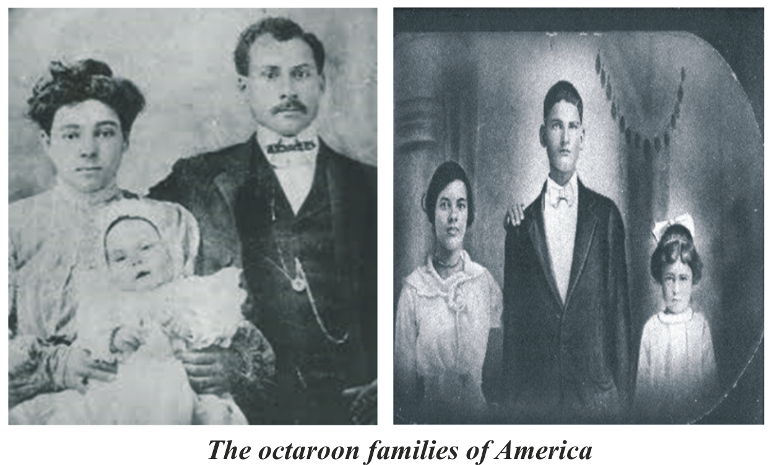
If you look at a 1950s map of America with its swathe of ‘free’ states in the North and segregated states in the South, the chess board analogy will not hold up. But if you consider the characters, the roles they play and their actions, the analogy stands. Boy, wicked step-mother and (Ice) queen; Bird, knight in shining armour reaching out to her sister across the political divide and the wilderness of exile. Snow, damsel in distress and pawn in a cruel game, a chess game, of sorts. With one decisive move, deporting her step-daughter to the Deep South, the Ice-Queen ‘outs’ her. With devastating results – at first: where her appearance had helped to protect her in a ‘free’ state, in the segregated state in which she resides with coloured relatives, her appearance, ‘a rose with a touch of dusk’, confers no advantage.
But hope is round the corner. After an early childhood in the curtained gloom of her grandmother’s Flax Hill home, the Mississipi sun will melt Snow’s whiteness and the dusk in her complexion will deepen. With the years, like the changeable pawn of a chess game, the ‘medieval swan maiden’, will be transformed and the broken doll whose family threw her away will rise a proud woman of colour, a warrior queen.
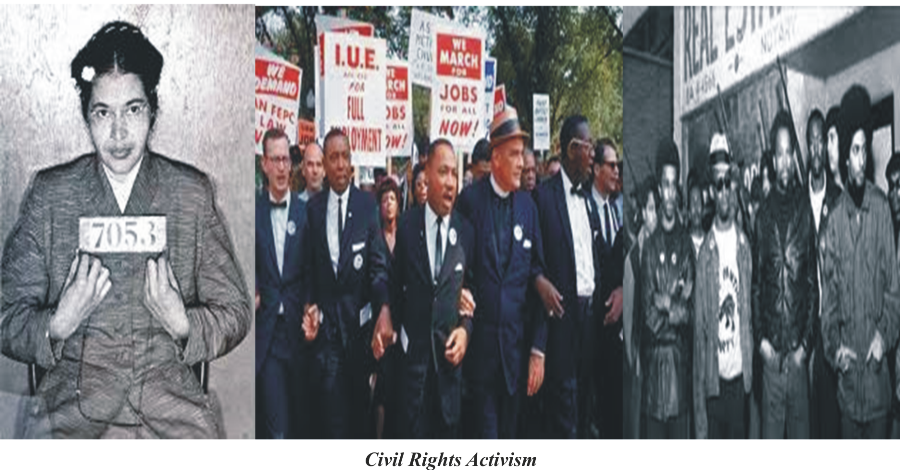
Like the medieval legends and fairy tales the author brandishes like a sword and with which she organizes her story, mirrors are everywhere in the tale of the Whitmans of Flax Hill. Cutting through legend and fairy tale, they are in bedrooms, in bad dreams, in little Bird’s eagle eyes. They are the looking glass through which we apprehend Oyeyemi’s fantasy, through which we gauge the psychological health of the actors and measure their level of comfort in their skins. But there are occasions when the mirror doesn’t reflect the actors. Given the ‘fact’ that the Whitmans come from a long line of men and women who have staked their survival on the quantity of white blood they can bring into the family, this comedy ought to come as no surprise at all. Oyeyemi does not invert Charles Addams (of the spooky TV family), or Bram Stoker, or the Brothers Grimm or Lewis Carroll. What she does is pick and choose with remarkable precision and fuse, twist and extend key aspects of these icons of literature in order to tell her story. With magnificent confidence, she has achieved madness far more human and shocking than Alice ever found in Wonderland.
By the end of the novel, the 1960s have come to America. The soundtrack of music reflects the civil rights triumphs of the nation’s ‘African’ people. Non-violent protests in Birmingham, Alabama, the epic March on Washington, under the leadership of Martin Luther King and in the after-shock of civil rights, the Black Power Movement with its stalwart of armed men known as the Black Panthers. It is all in the music: James Brown is mobilizing brethren. Black is beautiful. Afros reach to heaven. ‘Say it loud, I’m black and proud!’
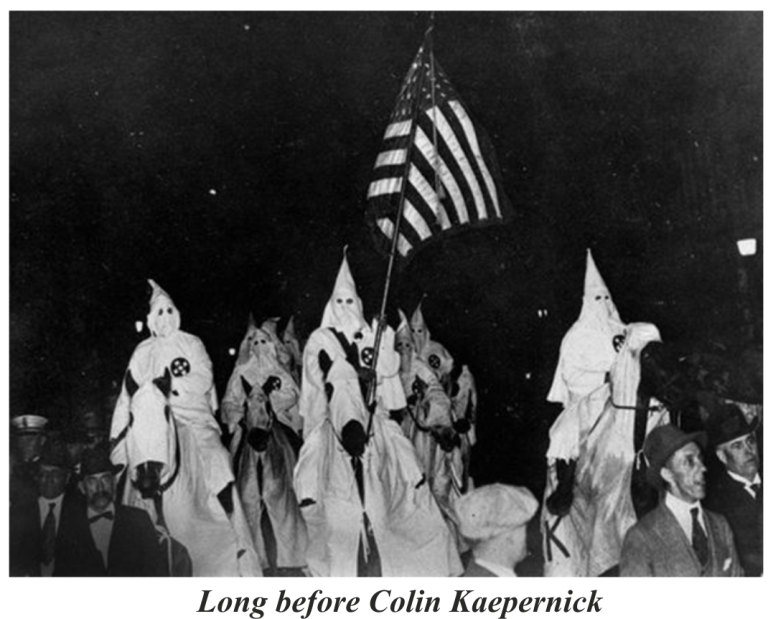 If the last part of this extraordinary novel lacks the tensile strength of the first, this is denouement, not deficiency. The author has told her story. What she has done by palpably loosening the structure of the last part, is to make room for the characters to articulate and critique their family condition. At the only recorded reunion of family members, Gerald Whitman, Gee Pa Gerald, will justify ‘passing for white’. Only direct descendants gathered round the table will hear the secret from his lips. Ultimately neither he nor Grammy Olivia will offer an apology to their offspring for what were the unnatural and shocking decisions made to advance their social and economic goals.
If the last part of this extraordinary novel lacks the tensile strength of the first, this is denouement, not deficiency. The author has told her story. What she has done by palpably loosening the structure of the last part, is to make room for the characters to articulate and critique their family condition. At the only recorded reunion of family members, Gerald Whitman, Gee Pa Gerald, will justify ‘passing for white’. Only direct descendants gathered round the table will hear the secret from his lips. Ultimately neither he nor Grammy Olivia will offer an apology to their offspring for what were the unnatural and shocking decisions made to advance their social and economic goals.
‘Boy, Snow, Bird’ is a monument to reality, to the preeminence of truth and the destructiveness of lies and to the ‘appeal for love, not admiration’ at the heart of life. If the action plays out like a deadly chess game, the moral vision is a journey towards redemption. When Snow, victorious queen, heads back home to Twelve Bridges, I imagine rivers of sparkling water, moats and castles of skin and when I close the book, it is with a quiet joy and peace.
Picture with me a fantasy garden with the Whitman family tree in the middle of it. There is a snake curled around the base of the tree, slithering up its trunk. Its forked tongue is spitting out poison. Look at the tree. See how the poison has eaten into it? That’s why the dead branches look like that – it’s the speckled pallor of disease. Now look up at the young branches. How healthy they are, how sturdy! Look at how they are spreading outwards and reaching up; reaching up like they’re reaching out, towards atonement, reaching heavenward. Click Here to get a copy
